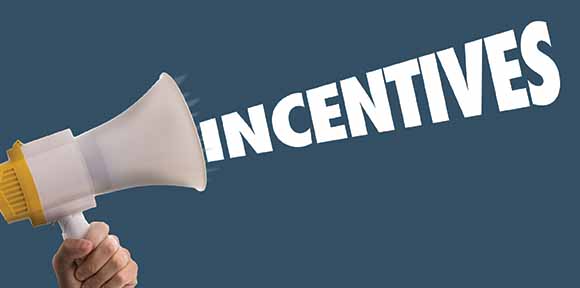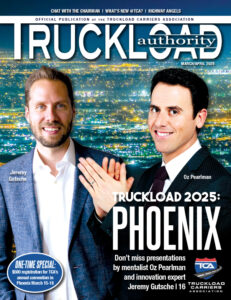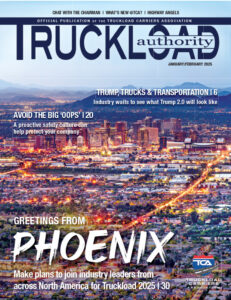By Beth Carroll, Prosperio Group
We are already more than halfway through 2020 and many of you are thinking about implementing new incentive plans for 2021. For some of your employees, this will mean the opportunity to earn more money. But for others it may mean less pay, or a need to change behavior or reach higher goals to maintain the pay they have made in the past. These are difficult conversations that should be handled with care.
Effort Begins with Building Trust
This is where some real skill comes in for the person leading the communication change — but the effort should have begun a while ago. If employees are treated fairly throughout the year, are given accurate information, and have their questions addressed promptly and with respect, you are a long way down the path of having a successful communication event because you will have built up necessary trust credits.
Of course, the easiest plans to communicate are those that provide a genuine upside. For many, the change will be easy, and they will welcome the additional earnings potential, but there will always be a few who resist change, simply because it’s change or because they have mistaken ideas about how taxes work or they don’t want to pay more in alimony. Developing a good sense of what you can and cannot control is critical to the perceived success of the communication event. Not everyone will be happy, and you shouldn’t expect universal acceptance as an outcome.
Five Steps to Follow
For any plan, you should follow a standard communication process that involves
these five steps:
- Develop a high-level presentation that includes the following sections:
- Business objectives and strategy.
- Organization structure changes, if any.
- Process used to develop the plan.
- Highlights of plan changes, such as what’s good and what’s different.
- Next steps, including when the plan will go into effect and when employees
will achieve their goals. - Plan details by role.
- Calculation examples.
- Wrap-up and Q&A.
- Develop calculators that show earnings under the new plan and allow employees to do “what if” scenarios to model changes in performance. Sitting down with one of the resistant employees and walking them through such a calculator can be a powerful way to warm them up to the change.
- Test the presentation and the calculators with a “communications test group.” Remember, this is as much about marketing the new plan as it is about the math behind the calculations.
- Communicate the plans to managers first. Be sure they understand the plan so they can explain it and answer questions.
- Communicate the plan to the employees in stages:
- Group communication. Business leaders should be involved in this event. Be sure to send a copy of any presentation used or make it available for download on a secure site.
- Manager communication one-on-one with each rep. This should occur two to seven days after the group communication and should include as much detail as possible, including goals for the following year if they have been set. This gives employees a chance to ask more questions in a private setting. Managers should be instructed to gather questions so they can be posted along with answers on your network.
- Plan document distribution. A week or two after the group communication, the employees should be given their full plan document to review and sign.
- Feedback, feedback, feedback. As the year continues, continual reinforcement of the plan is critical to success. Too many managers treat compensation communication as a one-time event. This is a huge strategic error. Good compensation plans do not manage themselves, nor should they. Even under the simplest straight-commission plan, every incentive payment is a coaching event that can be capitalized on to change or reinforce behavior.
Communicating your new compensation plan does not have to be as challenging as you might think. Taking the steps necessary to prepare will give the employees a clear and positive experience.
About the Author
 Beth Carroll is managing principal at the Prosperio Group, a compensation consulting firm that focuses on aligning pay with performance to help companies drive profitable growth.
Beth Carroll is managing principal at the Prosperio Group, a compensation consulting firm that focuses on aligning pay with performance to help companies drive profitable growth.
The Truckload Authority News Staff, comprised of award winning journalists and graphic artists, produces content for Truckload Authority, working in cooperation with the Truckload Carriers Association staff. Truckload Authority aims to keep TCA members abreast on the latest trends in the trucking industry as well as articles that feature TCA member executives and drivers. The Truckload Authority staff is based in Little Rock, Arkansas.








